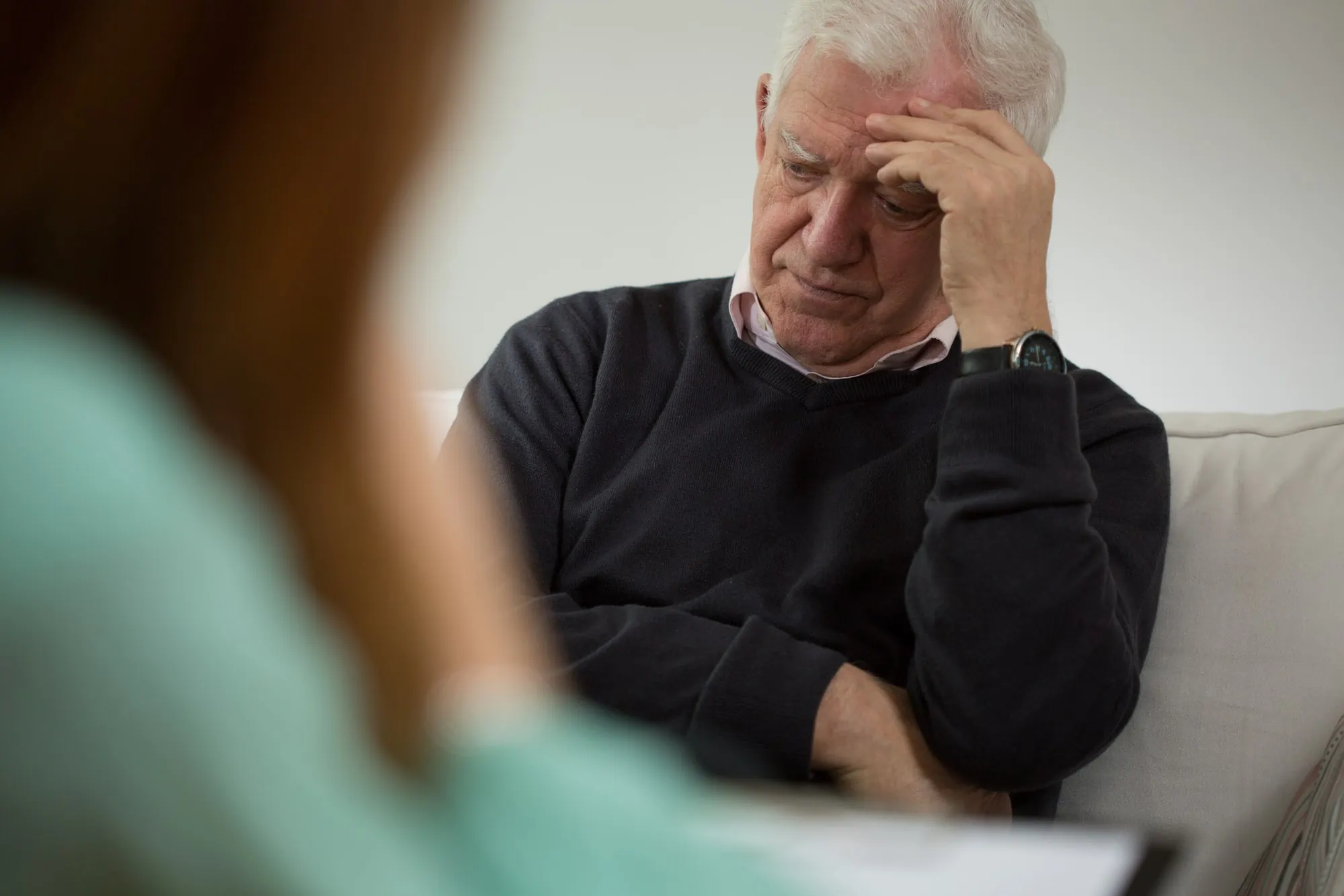
Helpful Tips to Cope with Post-Acute Withdrawal Syndrome (PAWS) in Early Recovery
PAWS, which stands for post-acute withdrawal syndrome, typically presents itself after the initial acute period of withdrawal from a controlled substance is completed. Most commonly, it is associated with prescription drugs, like opioids and benzodiazepines, and alcohol. However, the symptoms also appear after recovering from other drugs as well, and can be very difficult for a poly substance abuser to overcome.
To minimize PAWS complications, experts recommend longer recovery times and medication assisted treatment (MAT).
How and Why PAWS Emerges After Detox
Most people go through a brief period of physical discomfort, often known as acute withdrawal, after undergoing medically supervised detox from alcohol, opioids, marijuana, cocaine, benzodiazepines, or other highly addictive substances. Muscle soreness, nausea, headaches, and an elevated heart rate are common symptoms.
If detox is not carried out under medical supervision, acute withdrawal may result in more serious health problems, possibly even life-threatening ones.
Moreover, drug and alcohol withdrawal involves more than just uncomfortable physical side effects. A second phase of withdrawal symptoms known as post-acute withdrawal syndrome, or PAWS, develops as well.
During this phase, the brain recalibrates following an active addiction. Therefore, acute withdrawal mostly refers to the body's healing process while PAWS symptoms often focus more on the psychological and emotional components of withdrawal.
This secondary withdrawal syndrome may appear shortly after ending treatment or months later, depending on the length and severity of an addiction.
Furthermore, even though PAWS is a transient syndrome, the symptoms can trigger a relapse. This can even affect people who are committed to abstaining from drugs or alcohol.
PAWS happens after detox as it is the body’s way of correcting the imbalances that took place in the brain during addiction.
The most frequent and severe cases of PAWS are seen in people who are addicted to alcohol, opioids, benzodiazepines (also known as "benzos," which are frequently given to treat anxiety and panic attacks), heroin (an opiate), or medically prescribed painkillers.
Signs and Symptoms of PAWS
PAWS symptoms vary in severity with some patients experiencing symptoms after they have seemingly disappeared. Some of the major symptoms experienced include:
- Difficulty with problem solving, memory recall, or learning
- Problems with irritation or hostility
- Depression
- Obsessive-compulsive behaviors
- Cravings of prior abused substances
- Problems with maintaining social relationships
- Issues with anxiety
- Insomnia
The above symptoms worsen when a patient undergoes a great deal of stress. However, they can also appear even if there is no obvious stimulus.
PAWS FAQs
Can You Avoid PAWS?
Avoiding post-acute withdrawal syndrome is impossible, but the symptoms can be controlled. You may enhance your physical and mental health, boost your sense of self-worth, and lessen the likelihood of relapsing by learning to cope with the symptoms of both acute and post-acute withdrawal.
How Long Do PAWS Symptoms Normally Last?
Depending on the type of alcohol or drug addiction, the amount and frequency of substance use, and other factors, the majority of symptoms last a few days at a time. It takes the brain from six months to two years to create endorphins and dopamine naturally once more.
What Are Some PAWS Coping Strategies?
The following ten tips can help you cope better when experiencing PAWS symptoms.
- Schedule consultations with mental health and medical specialists for psychiatric and psychological care.
- Take good care of yourself. By taking good care of yourself, you can avoid triggers that lead to abuse. Self-care includes eating a healthy diet, exercising regularly, and building supportive relationships and connections.
- Assess the circumstances leading up to a flare-up of your PAWS symptoms and consider your responses. Knowing what to anticipate will prevent you from being surprised the next time you’re faced with symptoms.
- Keep a notebook to record your experiences and brainstorm ways to react positively.
- Don’t focus on any one task for longer than 15 minutes when you have problems with concentration.
- Change your behavior so you can break a circular thinking pattern - listen to music, talk to a friend, or go for a walk.
- Set up reminders on your phone to help you remember things.
- Limit your caffeine consumption at night before you go to sleep.
- Develop a regular sleep schedule - go to bed and get up every day at the same time.
- Learn to be sensible and realistic. You cannot quicken the recovery process. The symptoms you experience are the natural components of the healing process.
Risk Factors and Causes
Again, the physiological alterations in the brain brought on by substance abuse are assumed to be the cause of PAWS. That’s because drug abuse causes changes in the brain’s neurotransmitters.
Scientists theorize that withdrawal symptoms reduce the brain’s capacity to cope adequately with stress. PAWS can also occur in children whose mothers have had a history of substance abuse.
PAWS may appear upon withdrawal from practically any addictive substance, although benzodiazepine users appear to be the most susceptible. In fact, benzodiazepine addicts may still exhibit PAWS symptoms years after they have stopped using the drugs.
Treatment for PAWS
Treatment is often administered over a lengthy period of time because PAWS symptoms can persist for months or even years. Medications used in Medication Assisted Treatment (MAT) programs are administered to make the transition of withdrawal easier.
Researchers have discovered that acamprosate, a drug widely used to help recovering alcoholics, may be marginally effective in alleviating PAWS symptoms.
Patients who have had opioid use disorder (OUD) often are treated with medications like methadone, naltrexone, or buprenorphine.
The majority of patients also undergo psychotherapy in the form of behavioral therapy, group therapy, or both treatments, to learn how to control their symptoms.
Medication-Assisted Treatment for PAWS
MAT allows patients to take meds to reduce their cravings for drugs. Medication Assisted Treatment (MAT) is the practice of prescribing medication to reduce withdrawals and cravings during early sobriety. This has done wonders for many in recovery from opioids and alcohol.
Therefore, MAT can effectively help ease some of the complications related to early sobriety - unexpected withdrawal symptoms that may occur after the first few months.
MAT can help ease some of the complications related to early sobriety. It reduces the temptation to use and can help manageunexpected withdrawal symptoms that may occur after the first few weeks of sobriety.
Patients who have had opioid use disorder (OUD) often are treated with medications like methadone, naltrexone, or buprenorphine. People who have an alcohol use disorder (AUD) can take medication like naltrexone or acamprosate.
Final Thoughts
Indeed, PAWS can be difficult to manage, especially after undergoing detox and trying to avoid a relapse. Although the unpredictability of symptoms can be frustrating, a combination of medications and treatment can make them more tolerable. If you or your loved one are in California, you can contact Confidential Recovery at 1-619-452-1200.
Categories
Post-Acute Withdrawal Syndrome

